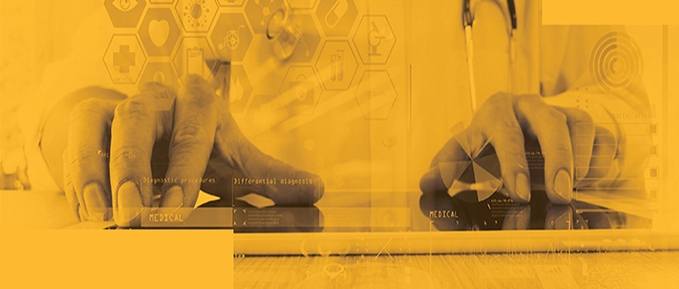As entrepreneurs and technologists relentlessly push innovative new models into every corner of the economy, no industry presents as much potential – or as many challenges – as the healthcare sector. But despite a long list of failed attempts to transform every aspect of care, often with obviously superior technology or user experiences, the industry remains stubbornly resistant to disruption.
The good news is that prior failed attempts, and some smaller, less notorious successes, have created a small population of veteran entrepreneurs and investors with a hard-won understanding of the peculiar business of delivering healthcare. A group of those veteran innovators gathered for a panel discussion at the 2016 DLA Piper Global Technology Summit. Their conversation, entitled "How is Technology Transforming the Way We Deliver Healthcare?" touched on a wide range of challenges and opportunities at the convergence of healthcare and tech, and offered an equally broad range of insights into the unique way that the two industries can come together to make care more effective and efficient.
What follows is just a few highlights of their conversation. The panelists were:
- Lucian Iancovici, Senior Investment Manager, Qualcomm Life Fund
- Lynne Chou O'Keefe, Partner, Kleiner Perkins Caufield & Byers
- Tom Rodgers, Senior Vice President & Managing Director, McKesson Ventures
- Sanjay Shah, Director of Strategic Innovation, Dignity Health
What can innovation in technology do to improve care?
O'Keefe: There are three fundamental innovation drivers in healthcare today. There is structural innovation (including) shifting from fee-for-service to value-based care, the consumerization of healthcare. There is technological innovation – I argue that if we can take SAAS and mobile and deploy them within healthcare, that's enough to make substantial improvements in both the quality and cost of care. And then there's cultural innovation. Healthcare is a laggard compared to other industries. For startups, they have to think about not only how can technology be an enabler, but also what change management can you wrap around it for a system that is slow to change.
Shah: Implementation is our innovation right now. Getting technology deployed and executed is where we are. That's why in-home patient monitoring, which has made a ton of sense forever, is just now coming into play. But still some people are just focused on the technology. They're like, here's VR! But other than Pokémon GO bringing people into our coffee shop, I don't know how to put that in place just yet.
What is the blocker for innovation in healthcare?
Iancovici: Healthcare isn't a technology problem, it's a business-model problem. The technology is there, we just have to have the right incentives to use it. With technology companies, it's really about understanding how you fit in the system. Any three people from Stanford can make better technology than what they use in most hospitals – it's how you get into that system. The cool thing, the thing that's exciting, is that now, for the first time in my lifetime there's real impetus for change. The High Tech Act and the Affordable Care Act really are driving change.
Rodgers: Technology in healthcare is rarely enough to be successful. It's all about commercial execution. But when you boil it all up, we're going from a world where there is no incentive for improving qualities and efficiency – and we're still just one inch closer to a world where doctors and providers are paid to get patients healthy and keep them healthy. That's where technology is going to come in. But entrepreneurs have to realize why things haven't worked before.
What exciting developments are you seeing?
Iancovici: We invest in a company called Science 37. It's a telemedicine platform but it's really a new business model. They're delivering clinical trials at home, eliminating the needs for sites and using the doctors that are caring for the patients. They've been super successful in the early days. We're also interested in wearables that are actually hacking into the brain. It sounds crazy, but we have a company called Cala Health that treats a central tremor with a wearable that tracks the tremor and sends a signal through your arm to break up the pattern that's in your brain.
Rodgers: A technology that I was initially very skeptical of but I've more recently grown to think has a huge role would be augmented reality using things like Google Glass. I've come around to believing after hearing some doctors say you'll never take this away from me. You now have an interface where you can have someone who's sitting there in the cockpit, not distracted by I need to show an empathetic face to this patient, with all the tools and all the information at their fingertips, nudging the doctor to check this or ask that. It opens the door to getting these analytics into the workflow, in a way that enhances the patient-doctor experience, as opposed to taking away from it.
What do startups need to understand about the opportunities?
Shah: Consumers of healthcare, depending on where you are, have certain things that they expect to be able to engage with. If we want them to consider telehealth, how do we make them trust and feel that it's the right platform for their sinus infection? We're investing heavily in telehealth, just like the VC community, but the reality is unless they're early adapters, people don't want care that way just yet. We have to make them trust and feel before we expect them to adopt new technology.
